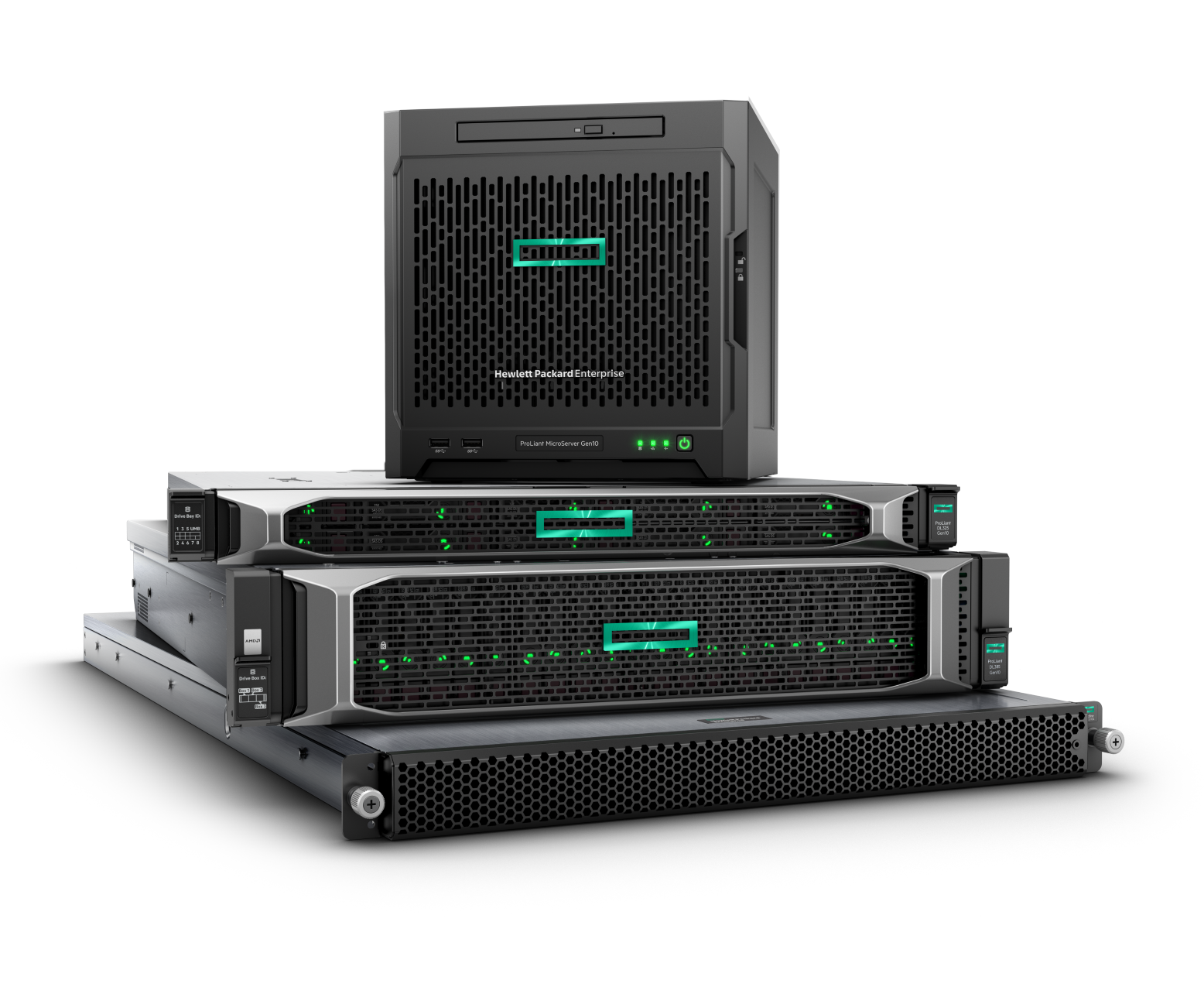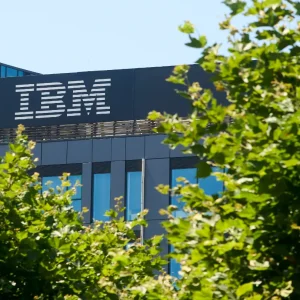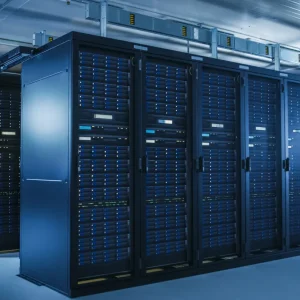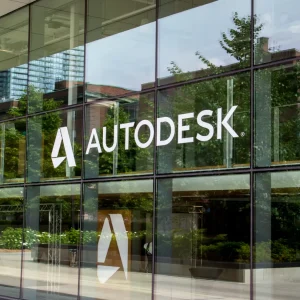
Hewlett Packard Enterprise (HPE) says that its DL325 and DL385 servers have broken 37 world-records for data centre performance.
The servers, powered by AMD’s new EPYC Rome processors, beat one previous virtualisation performance record by a massive 321 percent.
That particular high was reached by the HPE ProLiant DL325, which smashed the TPC Express Benchmark V (TPCx-V) which measures the performance of a virtualised server platform under a demanding database workload.
See also: AMD EPYC Rome Launch: New CPU Line Impresses
(It stresses CPU and memory hardware, storage, networking, hypervisor, and the guest operating system; modelling multiple VMs running at different load demand levels, and large fluctuations in the load level of each VM.)
The series of results have left HPE pledging to triple the number of AMD EPYC-equipped products in its portfolio in 18 months.
The announcement came as AMD unveiled its EPYC Rome series today. Its 7742 processor beats Intel’s Xeon Platinum 8280L on performance by 97 percent, it said (SPECrate 2017 integer – peak).
CEO @LisaSu @AMD claims “2nd Gen AMD EPYC is highest-performance x86 in the world.” Argue away. Me, I like the use of SPECrate for these claims. #HPC #AMDEPYCHorizon pic.twitter.com/Foq8IRCVEl
— Addison Snell (@addisonsnell) August 7, 2019
New Measures in Virtual Environments
Virtualisation drives server resource use up and operational costs down, making virtualisation performance a key measure of cloud and data center effectiveness and efficiency.
The HPE ProLiant DL385 with two second generation Gen AMD EPYC processors, meanwhile, beat a previous virtualisation world record by 61 percent, at a 29 percent better price-performance ratio, the company said.
The company emphasised that performance and efficiency at these levels allow more workloads to run on fewer servers, reducing both hardware acquisition and operational costs, and also software costs where applications are licensed on a per processor basis.
The HPE ProLiant DL325 with a single AMD EPYC Rome processor (the company has yet to reveal precise details of the configuration) also seized the leadership position in memory data analytics on Apache Hadoop.
HPE said: “The new server soundly defeats the previous leaders in both the 10TB Scaling Factor and the 30TB Scaling Factor with 38 percent and 37 percent performance improvements respectively. In addition, the HPE ProLiant DL325 yielded a 30 percent better price-performance advantage.”
Dr James Wilgenbusch of the Minnesota Supercomputing Institute commented in a press release issued Wednesday: “By running our system on the HPE ProLiant DL385 server, based on the 2nd Gen AMD EPYC processor, we are gaining significant performance required to power our enormously diverse set of computational workloads, while achieving efficiency and cost savings compared to our previous system.”
HPE used workload matching to help nail the results. This uses preconfigured profiles that automatically optimise hundreds of BIOS setting combinations to precisely match server resources to workload requirements.






